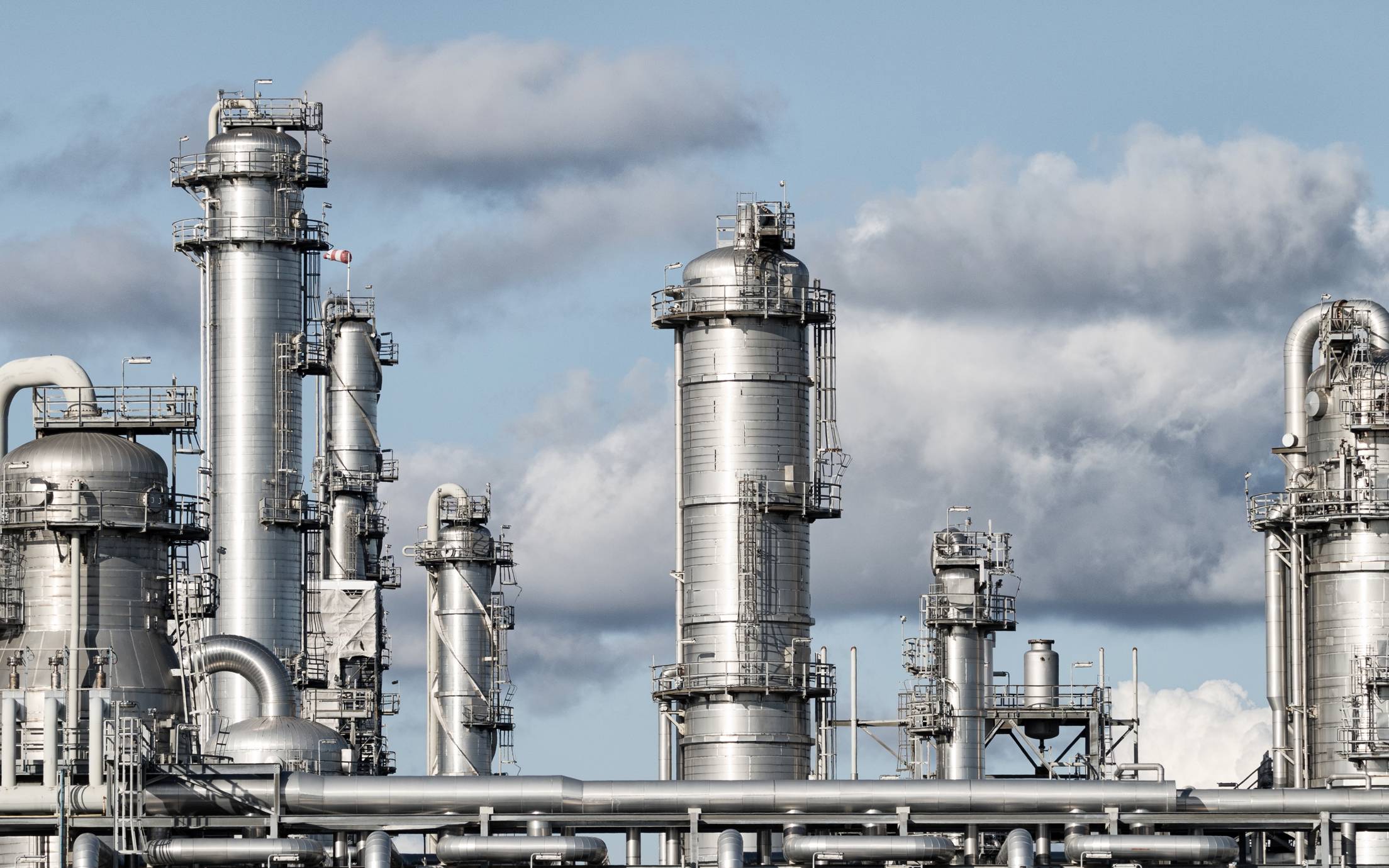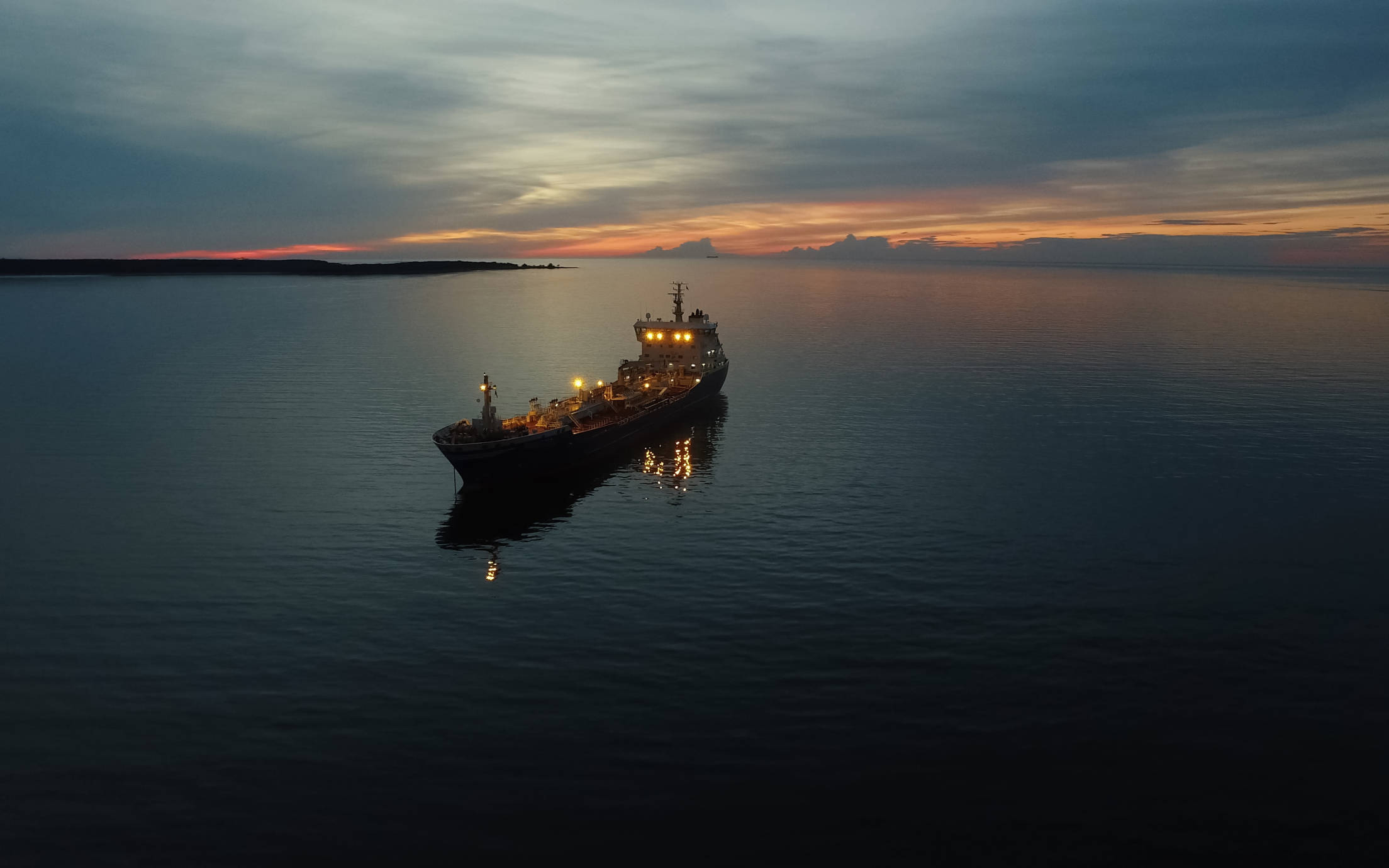
Changing times for oil and gas sector - Part 2: Energy security in focus
This part centres on what the International Energy Agency thinks and takes a look at some of the key findings in its recent report.

While the shift to green energy investments is undoubtedly both necessary and inevitable, the ongoing economic and energy crisis is impacting policy and developments. In the first of a three-part series for Jotun Insider, we take a look at recent developments and the role oil and gas plays in the changing energy world. The second of our three-part series centres on what the International Energy Agency thinks and takes a look at some of the key findings in its recent report. The third and final part of the series of articles puts the spotlight on what the energy sector is doing to address the power realities and demands.
However much one agrees with the need to transition away from fossil fuels towards greener alternatives, there is no escaping the fact that countries are reacting differently to the impact of the economic crisis and meeting the changing energy world. In the first of a three-part series for Jotun Insider, we take a look at recent developments and the role oil and gas plays in the energy mix.
The pigeons came home to roost in the second half of 2021 when the world was beginning to emerge from the worst impacts of the COVID pandemic. As economies awoke, a rising demand for energy coincided with a fall in renewable energy production in Europe. Although Europe has been increasing its theoretical generating capacity for years, in 2021 unfavourable wind conditions saw energy output dip significantly below pre-pandemic levels.
Renewables contribute around 40% of European power generation although this includes hydropower and geothermal. Fossil fuels supply around 36% and nuclear 25%. The renewables mix is much higher in some countries than others but so too is the fossil fuel contribution which in some EU countries is around 90%.
According to data specialist Refinitiv Datastream, Europe's largest wind producers UK, Germany and Denmark harnessed just 14% of installed capacity in the third quarter of 2021 when natural gas prices were at record highs, compared to an average of 20 to 26% in previous years. Solar production was also lower. This has allowed many detractors to question the value of renewables which have a high theoretical capacity but which rarely manage to harvest more than a quarter of that.
Natural gas prices had begun rising in February 2021 and by early October were six times pre-pandemic levels rising to over eight times by mid-December before beginning to fall back. However, when the situation in Europe changed in early 2022, the price soared again to ten times the levels of late 2019. The rise in oil prices has not been of the same dimension but has seen crude prices treble from around $40 per barrel in late 2020 to a high of around $120 in June 2022.
The result has been a return to high inflation in the western world with levels reaching heights not seen for over 40 years in many economies. Governments have had to respond to public anger with reductions in duties on petrol and diesel. The loss of access to Russian products because of sanctions has seen delegations from the US and European countries to alternative oil and gas producers pleading with them to increase production. These being an unlikely scenario as recently as November 2021 when COP 26 was closing and forecasting of an end to support for fossil fuels.
The shortage in supply of fuels to the west has seen predictions of cuts in GDP by 6% or more in the near future, severe recession and even potential rationing of fuel and power in the coming winter. The last point exacerbated by the release of strategic fuel reserves early in the crisis to offset soaring fuel costs. In many countries there is a rush to restore stocks ahead of the winter but with little expectation of success.
There is too a very discernible backlash by the general public against Net-Zero policies in many countries which will have to be accommodated by politicians in the elections that take place in several EU countries in 2023, the 2024 EU parliament elections and the 2022 mid-term elections in the US, followed by the US presidential elections in 2024.
In the meantime, many believe the economic and energy crisis may continue for some time, and it is unlikely to end the need for more raw, refined and generated energy. Indeed, pragmatism is almost certain to trump aspirations when it comes to policies to ensure future fuel and energy mix.
The second of our three-part series centres on what the International Energy Agency (IEA) thinks and takes a look at the key findings in its recent report.
https://edition.cnn.com/2022/07/20/economy/europe-recession-risk/index.html
https://ihsmarkit.com/research-analysis/europes-road-to-recession.html

This part centres on what the International Energy Agency thinks and takes a look at some of the key findings in its recent report.

This part puts the spotlight on what the energy sector is doing to address the power realities and demands.

The industry’s ability to comply with the IMO’s 2023 energy efficiency measures demands accurate and proven performance management but there’s no quick fix.
A video is being shown
An image is being displayed
A brochure is being displayed